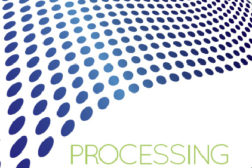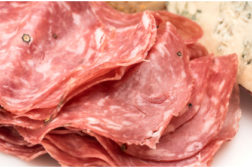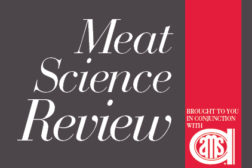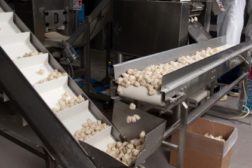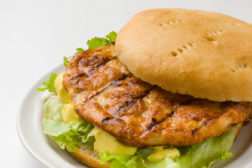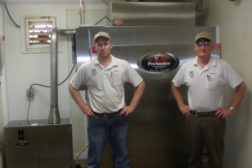Meat and Poultry Processing
Slicing done naturally
How well do naturally processed meats hold up in high-speed slicing operations?
Meat Science Review: 'Residual' effects
Selection for swine feed efficiency and potential effects on pork quality.
Read More
Fat chance
Processors are turning to fat analyzers to maximize the efficiency of the product stream.
Read More
Keep it moving, keep it safe
Conveyors and belting solutions have improved, but there is still room to grow in collaboration with the needs of protein processors.
Read More
Stay ahead of the curve. Unlock a dose of cutting-edge insights.
Receive our premium content directly to your inbox.
SIGN-UP TODAYCopyright ©2024. All Rights Reserved BNP Media.
Design, CMS, Hosting & Web Development :: ePublishing
